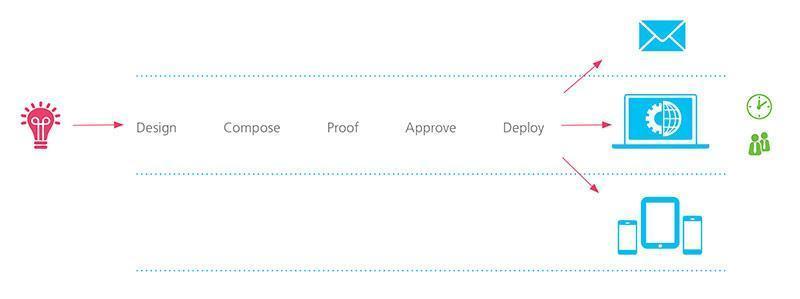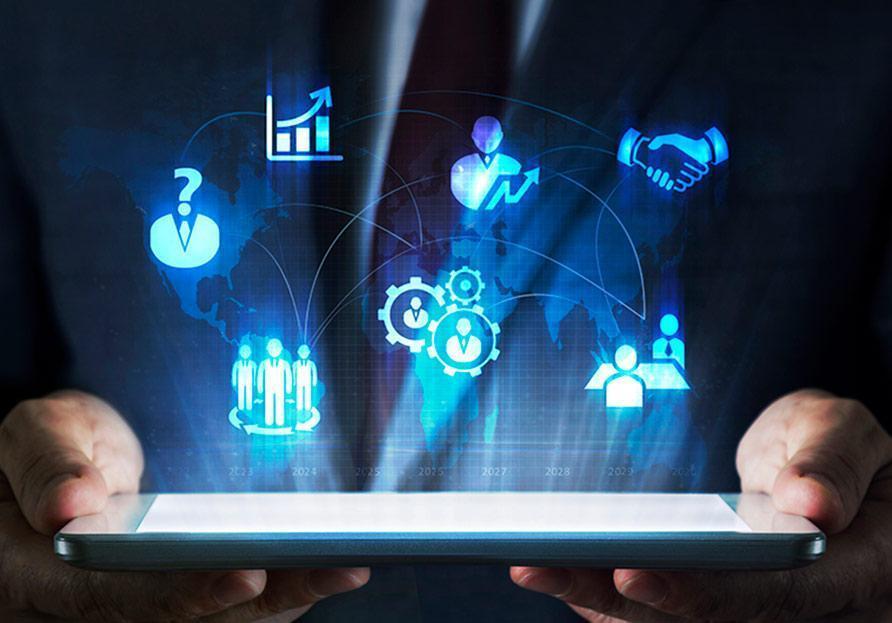A random consumer receives the promised email to sign up for a health insurance policy. He studies the offer and is satisfied with it, so he decides to accept. He immediately begins to fill out the form that the bank has sent him to collect more or less complex data, but in the middle of the process he is called, and he has to stop. An hour later he finds time to resume the procedure but the PC at home is busy, so he uses the tablet to continue. After 10 minutes he remembers that he has to take his son to training and thinks, “ok, in the cafeteria, while I wait for the session to end, I’ll finish entering the data and sign from my cell phone”.
At the end of the process, this consumer will have used different channels to accept their mortgage, but will they have had an omnichannel experience? Your full satisfaction with the process will probably depend on the fact that this was the case. On the other side, the budget that the company dedicates to this customer acquisition step, an adequate time-to-market and consistency in messages and designs will also depend on the type of technological solution used.
Both the multichannel and omnichannel experience coincide in their approach to the customer through various channels, such as social networks, emails, web… chosen by the consumer according to their preference at any given time. The difference between the two lies in the fact that the company that chooses to offer omnichannel to its customers will rely on two main factors: the consistency of its communications, and therefore of the relationship with the user, and the devices through which the user interacts. If the experience is omnichannel, the customer will have completed their itinerary without detecting any difference in communication, look and feel and usability, regardless of the channels or devices through which they chose to travel. You will definitely rate your experience as positive.
 For the company, in addition to customer satisfaction, the benefits go beyond that. They can be analyzed by stages of production:
For the company, in addition to customer satisfaction, the benefits go beyond that. They can be analyzed by stages of production:
- Design: The use of next-generation technologies, such as GMC Dynamic Communications, allows a single designer to prepare templates for all types of platforms, resulting in a continuous and uniform user experience and a reduction in the resources invested in this phase. Their tests, moreover, are live. You can examine the work on any device with all levels of interaction provided.
- Layout: Has the designer given final approval? Layout your project for each platform will be a matter of a click. And the tool will take into account all the possibilities in the execution of the application. An example: “Internet connection is poor, show this image instead of the video”.
- Correction and approval phase: The strong point of this type of tool. As all communications are created by the same designer from the same interface, they can all be displayed on the same screen or printed in a single PDF. Revision is made as easy as possible, not to mention the correction of possible errors: Each modification is made only once, in the same place and by the same designer. The cost savings are significant.
- Launch: Ready, set, go! Once the job is approved, in one click it will be live on any platform that the client can use.
- Follow-up: The experience is the same no matter which channel you choose to live it. And the work process is digital. Tracking is simplified to the maximum and reporting is simplified to the maximum. Even when skipping the paper format, the use of QR codes facilitates this phase. All actions carried out by the customer can be analyzed. A large number and typology of data are collected to be displayed in a simple way, which facilitates their interpretation. And always in real time.
- Archived: Everything fits in a PDF. And this PDF will be available to the call center, the Customer Service department or the Commercial Area to optimize their respective tasks and results. It can also be useful in case of legal needs or audits.
Next-generation solutions bring about a leap into the future in customer communications, and both customers and companies are invited on this journey. The destination: cost savings, reduced production times, maximum agility and a user experience in which everything happens exactly as it should.
